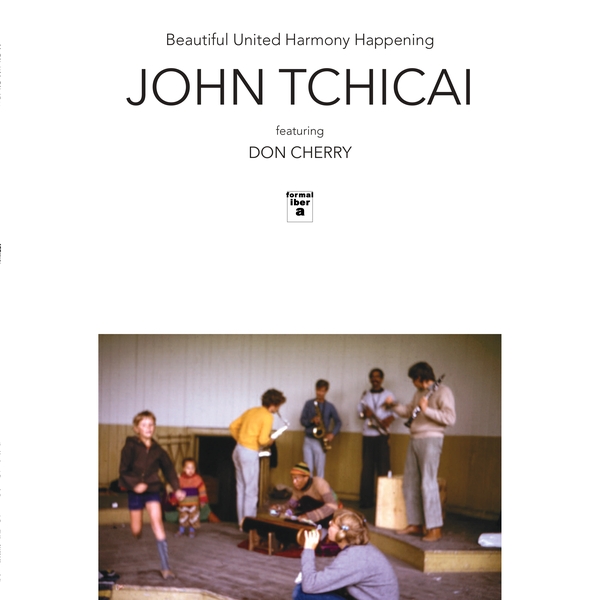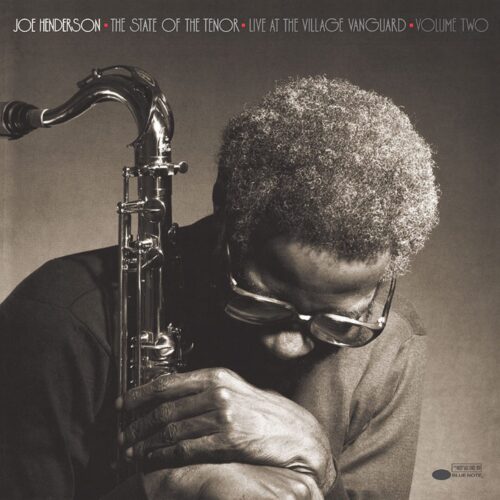Beautiful United Harmony Happening
Label: Formalibera
Genre: Highlights, Jazz
$39.99
Out of stock
Audiopile Review: No Don Cherry fatigue until we get reissues of all three Codona albums!!! Seriously, we know Cherry reissues are coming thick and fast, but he’s one of those artists where you must hear everything to truly understand any of it (like, say, Mark E. Smith or MES’s hero, the godlike Peter Hammill). But if you don’t have the resources or bandwidth to keep up with all the Cherry product currently on the market, we recommend at least tuning into ‘Beautiful United Harmony Happening’. In truth, this is an album by Danish saxophonist and composer John Tchicai. But Cherry features heavily and anyone who digs those Codona albums, and Cherry’s ethno-jazz output generally, will love this one. The album collects (for the first time, as far as we can tell) two longform pieces from 1966 and 1971, which are truly ahead of their time. Taken together, these pieces provide deep immersion into a bewitching mix of multicultural utopianism and modernist otherworldliness. The effect is not unlike Sun Ra orbiting the earth at a leisurely pace, inviting allcomers from across the globe to beam up and join the jam. It comes to us via the Alga Marghen label’s new imprint, Formalibera, and is limited to 300 copies, So, yeah, you should definitely pay attention to this one and do not sleep on picking up a copy.
Alga Marghen/Formalibera present the first of a series of released documenting the work of Danish composer and multi-instrumentalist John Tchicai. This new LP features two previously unpublished recordings, “Beautiful United Harmony Happening” with Don Cherry and “Education Of An Amphibian” with Sahib Shihab. Tchicai returned to his native Denmark in July 1966 after spending a remarkable four years in New York City. In that short span, he helped redefine and expand the relationship between soloing, collective improvisation, and composition in small free jazz ensembles such as the New York Art Quartet, the New York Contemporary Five, and on albums such as New York Eye and Ear Control with Albert Ayler and John Coltrane’s Ascension. It certainly counts as one of the most fertile periods in any artist’s career. Yet when he returned to Europe, Tchicai turned his attention primarily (although not exclusively) to large ensemble music. The breakthroughs made in New York were not lost, but transferred to a large group context, opening up further avenues of exploration. “The Education of an Amphibian” by the John Tchicai Octet represents a first try at “Komponist Udøver Ensemble,” or “Composing Improvisers Orchestra,” an approach that further blurred boundaries between improvisation and composition. Recorded in October 1966, the piece presents Tchicai as composer and guiding presence; an organizer of sounds; and an explorer of a widening musical vocabulary drawn from contemporary classical and African influences. “Beautiful United Harmony Happening” is something different — an opportunity to embrace new modes of interdisciplinary performance. From the beginning of his return to Denmark, Tchicai sought out not only musicians, but artists in all artforms and began to organize happenings. Although rarely noted, ideas linked to Fluxus, performance art, and happenings were a large influence of Tchicai’s thinking at this time. All these related movements sought to blur or erase boundaries between media and set up juxtapositions between styles and artforms that disrupted received ideas of “high” and “low” art. Participation by non-artists introduced elements that challenged ideas about virtuosity and legitimate expression. Random elements were embraced, and non-Western music and concepts were welcome. This performance, heard here in an excerpt from the full two-hour performance, is very much in this vein. It is one of the last performances involving members of Cadentia Nova Danica, but they are only one component (and hardly the focus) of an ensemble that included a five-member chorus of disciples of the Swami Narayanananda (Tchicai lived at the yogi’s ashram and had organized the choir himself), the Diane Black Dance Theatre, and trumpeter Don Cherry. Includes insert.






